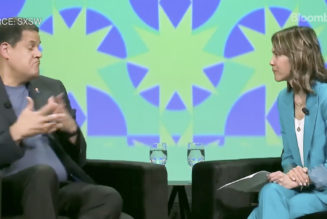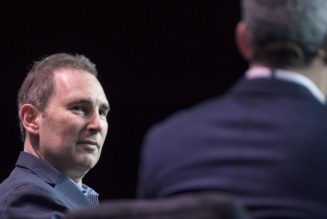
Apple announced on Wednesday that it’s once again extending the deadline for requiring in-app purchases for iOS apps that sell access to online classes and group events until December 31st, 2021, effectively meaning it won’t impose its 30 percent cut on businesses providing those services until next year. Apple extended the deadline initially to June 30th, 2021, but now developers have another six months.
Apple cites the ongoing pandemic as its main justification for the change, but we have to wonder if it might also have something to do with the Congressional antitrust hearings that have zeroed in on whether Apple and Google’s app stores are monopolies. Helping out small businesses by not taking its traditional 30 percent cut is an example Apple can now use to demonstrate how it encourages small businesses to flourish.
Wednesday’s “Antitrust Applied: Examining Competition in App Stores” hearing featured complaints from lost item tracker company Tile, who Apple is now in direct competition with thanks to Apple’s new AirTags, and Match Group, whose Tinder dating app uses Apple’s in-app purchases for subscriptions.
Not every company pays 30 percent. Apple doesn’t apply the same in-app purchases requirement to one-on-one classes like tutoring, so individuals can take other forms of payments and bypass Apple’s cut entirely. Apple’s also been criticized for quietly creating special deals for big companies like Amazon, where subscriptions sold on its Prime Video app are only subject to a 15 percent fee. (Generally, Apple doesn’t reduce its cut of subscription fees to 15 percent until users have been subscribed for a full year.)
After Amazon’s seeming sweetheart deal came to light, Apple launched a new App Store Small Business Program in January 2021 where developers who earn less than $1 million in sales every year can apply to lower Apple’s commission to 15 percent on purchases — but only with Apple’s approval.
Apple is now launching podcast subscriptions too, ones where podcasters can join by paying $19.99 a year plus 30 percent of each subscriber’s first year of revenue, then 15 percent after for subsequent years.










